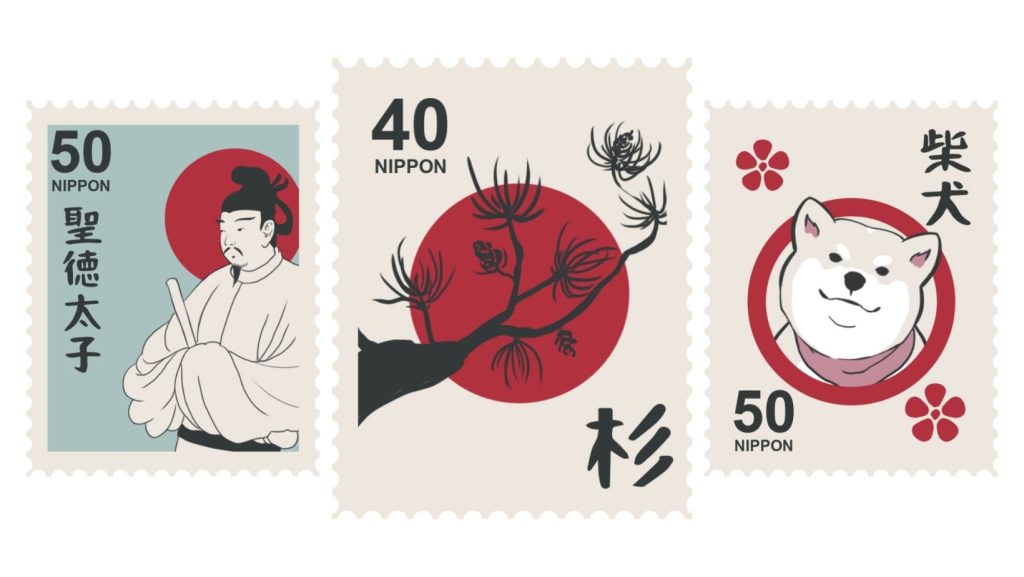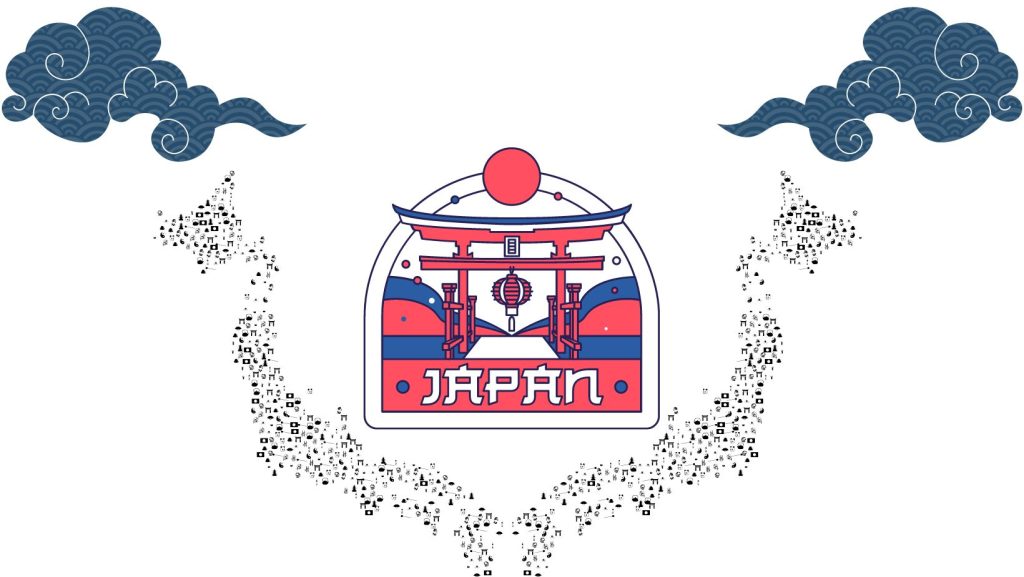Japanese New Year customs and traditions

The passage to the new year is a universal event honored in many countries of the world. As each nation has its own rituals, the way the celebration is carried out is also different. In Japan, this holiday is of utmost importance and is overlaid by various ancestral customs rooted in Japanese society.
How is the Japanese New Year?
If the Chinese and Koreans refer to the lunar calendar for the New Year, the Japanese use the Gregorian calendar to celebrate it with specific organizations such as :
The big cleanup:
As soon as the Christmas holiday is over, the Japanese begin their transitions to the Oshōgatsu (お正月) celebration. All decorations and trees are therefore swapped for ornaments in honor of the deities. The preparation of the New Year then continues with consequent cleaning work. Whether in homes, offices, schools or temples, the Japanese clean every corner to keep away evil spirits. Finally, a Kagami Mochi (鏡餅), two round shaped rice cakes topped with a bitter orange are placed on the altar of the ancestors.
Greeting cards:
Just like in Western countries, greeting cards are also an integral part of the festivities in Japan. The only difference is in the way they are sent. Japanese greeting cards or Nengajô (年賀状) are sent by mail before the New Year’s holiday to reach their recipients on the morning of January 1. However, this Nipponese custom dating back to the Nara era requires a lot of effort from the Post Office because of the delivery time.
Note that Japanese greeting cards can be filled with gifts such as games of chance or favorite games.

New Year's Eve:
Arrived at the date of December 31, Japanese people spend their evenings with their families. For the occasion, they enjoy Soba Toshikoshi (年越し蕎麦), a traditional buckwheat noodle soup with hot broth around a TV program (mainly Kohaku or Gaki no Tsukai ). Afterwards, they go to Buddhist temples or shrines to listen to the 108 bells in order to purify their souls. According to the Buddhist tradition, each bell sound invoked during this ritual represents a sin or a temptation that must be freed before the passage to the new year.
New Year's Day:
Following the 108 bells, Japanese people rush to perform a tradition dating back to the Edo period: the first prayer of the year or Hatsumōde (初詣 or 初詣で)to ask for the blessing of the Gods. Then they draw Omikuji (御御籤) or messages that predict a person’s level of luck over the year. These are written on strips of paper and hung on the temples. Once these steps are completed, all family members toast over a drink called sake of the year or Toso (屠蘇). The latter is made from a rice alcohol with medicinal herbs.
Visits and salary bonuses:
Visits are commonplace as part of the Oshōgatsu celebration. Since the latter is based entirely on respect for family values, it is customary to go and meet one’s relatives in the land of the rising sun and bring presents or Otoshidama (お年玉) to the children there. Companies also contribute to the ceremony by offering bonuses of 4,000 yen or 30 euros from their employees’ paychecks. They can also organize parties to consolidate professional ties and to welcome the new year in a joyful and good mood.
